Please complete the form below, and one of our experts will be in touch.
If you would like to send a technical drawing with your enquiry, please email heavysprings@lesjoforsab.com

Extension springs are components used in a variety of industry applications ranging from systems in bulldozers and cranes to movement mechanisms in solar panels and wind turbines. In this post, you will learn about five types of extension springs, plus various end types. You will also discover the materials used and how extension springs are used in various industry settings.
At Lesjofors, we are experts in heavy-duty Tension Spring Manufacturing. We design, engineer and manufacture millions every year for custom specifications.
Are you ready to learn about the types of extension springs?
Extension springs, also known as tension springs, are made from tightly wound coil wire. They are designed to absorb and store energy by resisting a pulling force or tension. Unlike compression springs, which compress under load, these tightly wound helical coils stretch when force is applied and return to their original shape when the force is removed. They are used in applications that require two components to be brought back together or tension to be maintained. Often, they feature hooks or loops at each end.
An extension spring works by resisting a pulling force, storing mechanical energy, and then releasing it to return to its original position. When at rest, with no external force, it is tightly coiled. When a pulling force is applied to the ends of the spring, it begins to stretch along its axis, which increases the distance between the coils. Extension springs have a set initial tension, and a higher initial tension creates a stronger spring.
As the spring stretches, it stores potential energy; this energy is proportional to the distance the spring is stretched and is governed by Hooke’s Law. When the external force is removed, the stored energy in the spring is released, causing the spring to contract. It pulls the attached components back toward each other, returns to its original length and releases the stored energy in the process.
Extension springs come in various types, each designed to meet specific requirements and applications. Understanding these different types can help you choose the right spring for your project.

Standard extension springs are pre-manufactured springs designed to meet common specifications. You will find standard springs available in a variety of common lengths, wire diameters, coil diameters and sizes. These springs typically come with standardised hooks or loops at the ends so that they can be easily attached to other components in a system.
Common Uses:
A precision extension spring is manufactured to very tight tolerances and specific design requirements to ensure high accuracy, consistency, and performance. These springs are often custom-designed and produced to meet the exact specifications needed for specialised tasks where standard springs may not provide the necessary precision or reliability.
Common Uses:
A custom extension spring is specifically designed and manufactured to meet specialised requirements that cannot be fulfilled by standard or off-the-shelf springs. These springs are tailored to precise specifications, including dimensions, materials, load capacities, and end configurations, to suit specific applications. They may also have special coatings and finishes to enhance durability and performance in harsh environments.
Common Uses:
A heavy-duty extension spring is specifically designed to handle high loads and withstand significant stress. These springs are built to be robust and durable, making them ideal for applications that involve heavy machinery, large mechanical systems, or environments where the spring is subjected to intense forces and repetitive use. Typically, they are made from thicker wire and have large coil diameters, with strong end loops or hooks.
Common Uses:
There are many types of extension spring hook and end types. Here are ten of the most common end types that we use in our expert, heavy-duty spring manufacturing process.
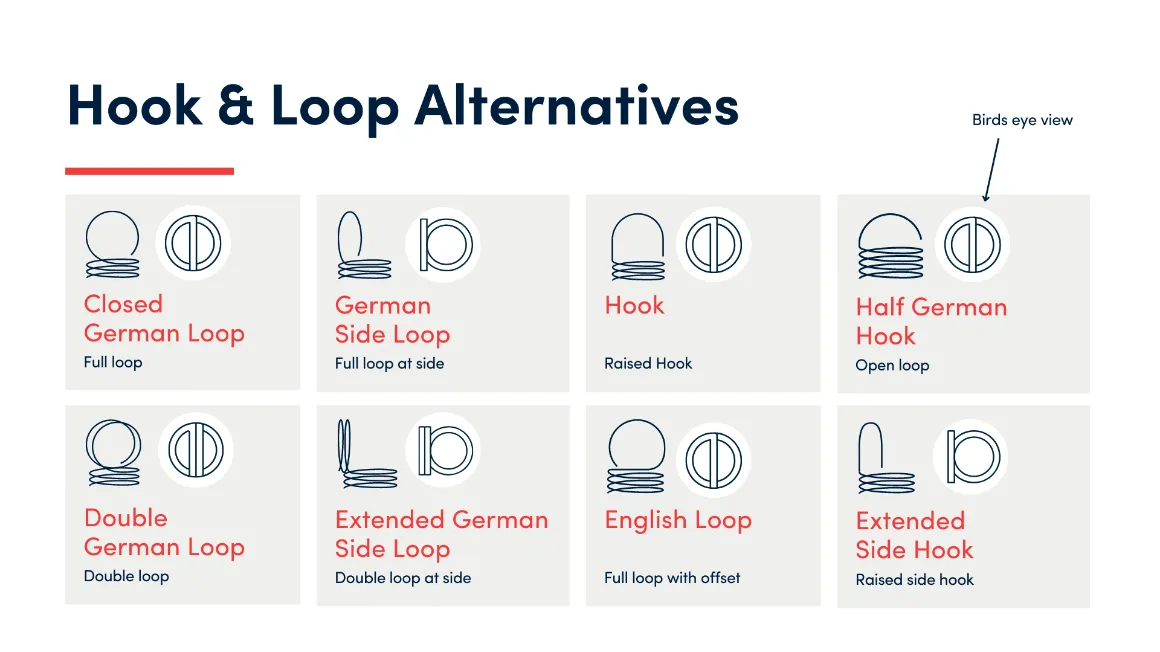
Round-end hooks are a common type of spring end featuring a simple circular loop formed at the end of the spring coil. This design provides a simple, durable attachment point, which supports a spring to connect securely to other components.
V Hooks are shaped like the letter "V" at the end of the spring, offering a solid and secure attachment point. They are helpful in applications that require a firm grip and stability, where the spring needs to resist movement and where precise positioning is needed.
The closed German loop is a tightly wound loop that forms a small, nearly circular end. This design provides enhanced strength and durability, making it ideal for heavy-duty applications where the spring needs to withstand significant forces without the loop opening or deforming.
The German side loop features a loop that extends sideways from the end of the spring. This allows for easier attachment in applications where the spring must connect to a component at a specific angle, providing versatility in design and installation.
The half German hook is a variation of the German loop, where the loop is partially formed, creating an open-ended loop. This design is often used when quick attachment and detachment are required, offering a balance between security and accessibility.
The double German loop features two loops at the end of the spring. This provides a stronger and more secure attachment point than other spring ends. This design is used in heavy-duty applications where additional strength and stability are needed and prevents the spring from detaching when a heavy load is applied.
The extended German side loop is similar to the standard German Side Loop but with an extended length of end loop. In the diagram above, you will notice the loop end being two coils long rather than one, which allows for greater flexibility in attachment points. This end type is ideal for situations where springs need to be connected over a long distance or at a specific angle.
The English loop is a classic, straightforward loop at the end of the spring, typically larger and rounder than the German loops. Typically, the loop is offset, which means it is not centred directly at the end of the spring but instead positioned on one side. This allows for easier attachment in applications where the spring needs to be connected to components that are not directly in line with the spring's axis
The extended side hook features a hook that is raised up from the side of the spring, providing a more extended reach for attachment. This design is useful when the spring needs to be connected to a component at a distance or where flexibility in positioning is required.
Other end types include screw plugs and crew shackles. These are specialised end types used in applications requiring a more permanent or mechanically secure connection. Screw plugs allow the spring to be fastened securely into place, while crew shackles provide a robust and durable connection point that can handle heavy loads.
Various materials can be used in the extension spring manufacturing process. These range from carbon steel, stainless steel, and alloy steel to non-ferrous metals and speciality materials. Let’s explore each of these in more detail.
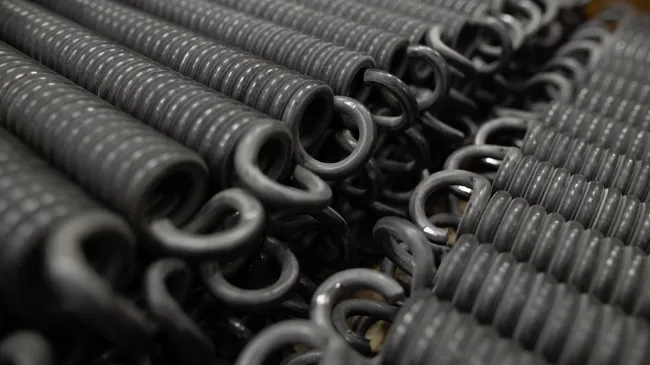
Carbon steel is a popular material used in the manufacturing of extension springs due to its strength, durability, and cost-effectiveness. It is composed mainly of iron and carbon, offering a good balance of toughness and tensile strength. Carbon steel springs are commonly used in general-purpose applications but may require protective coatings to prevent rust and corrosion in more demanding environments.
Stainless steel is a highly corrosion-resistant material, making it ideal for extension springs used in harsh or moisture-rich environments. This material is known for its excellent strength, durability, and resistance to rust, making it a preferred choice in industries such oil and gas exploration, renewables and marine application
Alloy steels are used in extension springs when specific properties, such as increased strength, toughness, or resistance to wear and fatigue, are required. By adding elements like chromium, nickel, or molybdenum to the base steel, alloy steels can be engineered to perform in extreme conditions, including high-stress or temperature environments.
Chrome silicon is a high-performance alloy steel used in extension springs that require resilience and resistance to high temperatures. This material maintains its strength and elasticity even under repeated stress and exposure to high temperatures, making it ideal for applications in motorsport engines, heavy machinery, and other high-stress environments.
Chrome vanadium is another high-strength alloy steel used in springs that must endure heavy loads and repeated cycles. Known for its excellent fatigue resistance, this material is commonly used in applications such as automotive suspension systems, industrial machinery, and tools that require superior durability.
Non-ferrous metals are used in extension springs when specific properties, such as resistance to corrosion, conductivity, or the need for non-magnetic materials, are required. These materials do not contain iron, making them ideal for specialised applications where the typical characteristics of steel are not suitable.
Phosphor bronze is a non-ferrous alloy used for its excellent corrosion resistance, good electrical conductivity, and fatigue resistance. This material is commonly used in applications requiring precise mechanical properties and durability, such as electrical connectors, switchgear, and marine environments.
Beryllium copper is a non-ferrous alloy known for its high strength, excellent conductivity, and non-sparking properties. Extension springs made from beryllium copper are often used in environments where electrical conductivity is essential, such as in electronics and aerospace, and in explosive environments where non-sparking materials are required.
Specialty materials are used in extension springs when extreme performance characteristics are needed, such as resistance to high temperatures, corrosion, or specific chemical environments. Often these materials are often more expensive and are used in highly specialised applications.
Inconel is a nickel-chromium alloy known for its exceptional resistance to high temperatures, oxidation, and corrosion. Extension springs made from Inconel are used in extremely demanding environments, such as aerospace, power generation, and chemical processing industries, where they must withstand severe thermal and corrosive conditions.
Elgiloy is a cobalt-chromium-nickel alloy known for its outstanding corrosion resistance, high strength, and excellent fatigue properties. Extension springs made from Elgiloy are reliable and durable and are often used in harsh environments, including medical devices, chemical processing, and oil and gas applications.
Titanium is a lightweight, high-strength material with excellent corrosion resistance. Titanium springs are valued for their high strength-to-weight ratio and their ability to withstand extreme environments, though they are more expensive and challenging to work with compared to other materials. This material is used in aerospace, medical, and marine applications.
Heavy-duty extension springs can be used in many industry applications. Below, you will find specific examples of how they are used in various industries.
Heavy-duty extension springs are used in construction machinery such as excavators, cranes, and bulldozers. They are used to manage tension in control cables, counterbalance heavy attachments, and absorb shocks from moving parts. These springs help maintain stability and ensure smooth operation under the strenuous conditions typical of construction sites, such as heavy loads, vibrations, and repeated cycles of use.
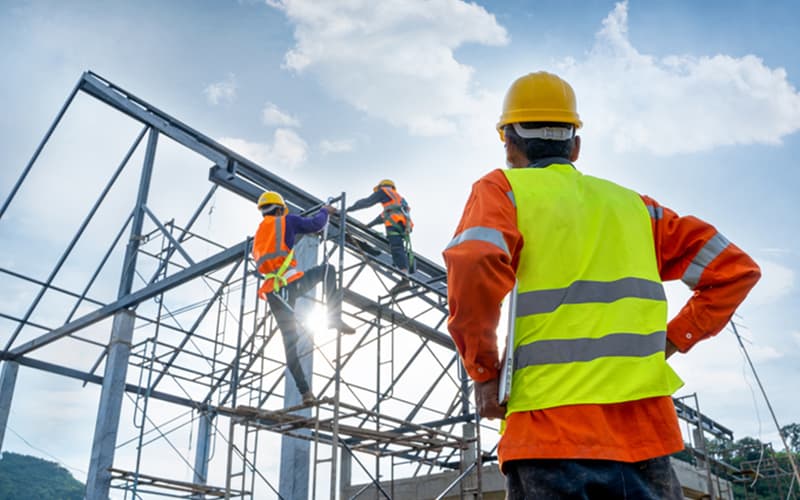
Heavy-duty extension springs are used in quarry and mining machines such as crushers, conveyors, rock crushers, drill rigs and vibrating screens. These springs manage tension and provide the necessary force to keep belts and other components in alignment. They also support machinery in operating efficiently under heavy loads and harsh environmental conditions. Plus, they absorb shock loads and vibrations, which protects equipment from damage during the processing of heavy and abrasive materials.
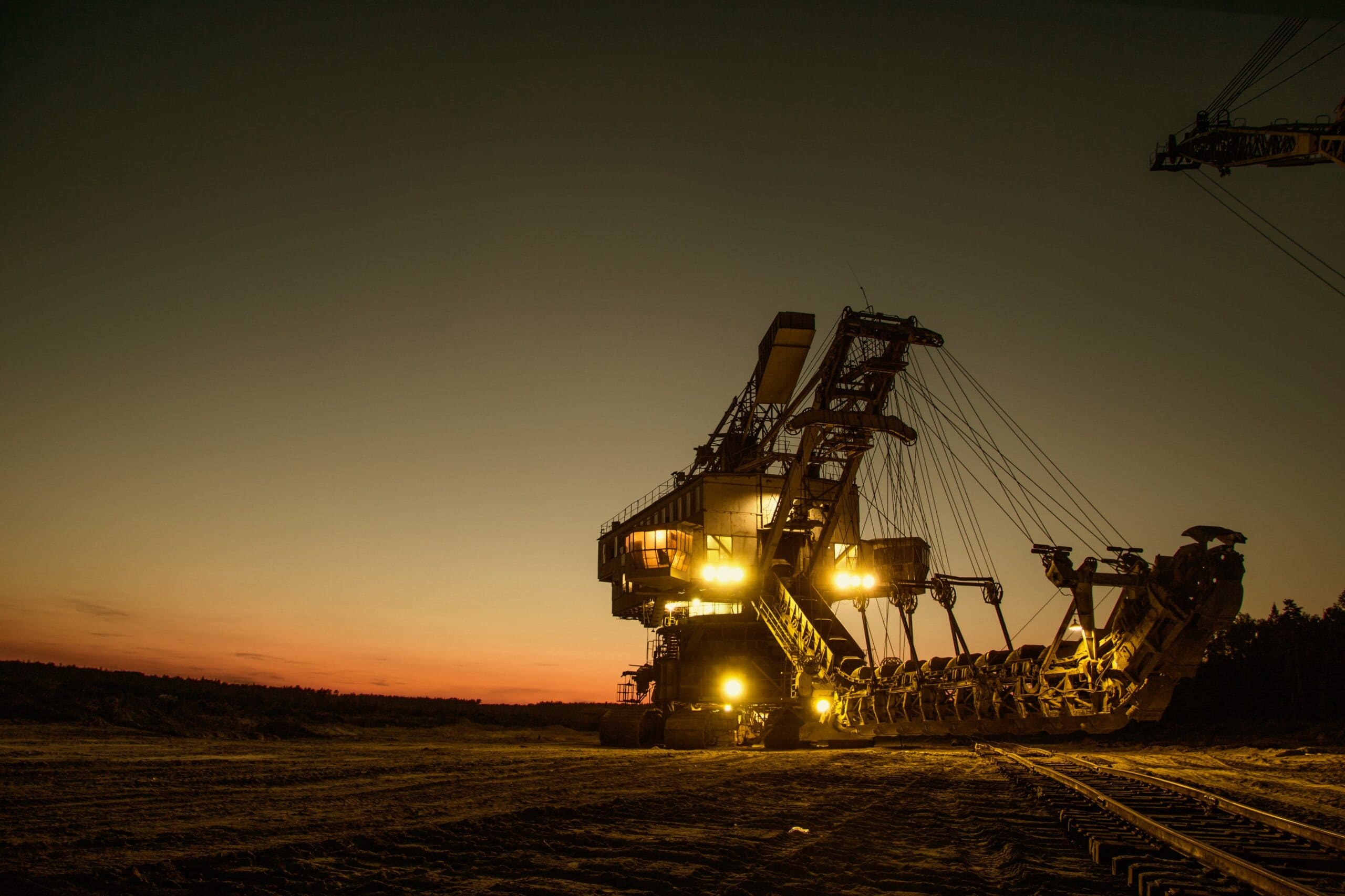
Heavy-duty extension springs are used to manage the extreme forces experienced in motorsports. They are used in suspension systems to control the rebound of shocks, in throttle return mechanisms for precise control, and in braking systems to ensure reliable performance under high stress. These springs withstand the intense conditions of high-speed racing, including rapid accelerations, sharp turns, and frequent impacts, while maintaining integrity and performance.

Heavy-duty extension springs are used in fishing and agriculture equipment such as nets, traps, ploughs, and harvesters. In fishing, they are used to maintain tension in nets and traps, ensuring proper closure and operation. In agriculture, these springs help manage the movement of heavy machinery components, such as seeders and sprayers, and assist in the opening and closing of gates and hatches. They are robust enough to withstand exposure to harsh outdoor environments and regular mechanical stresses.
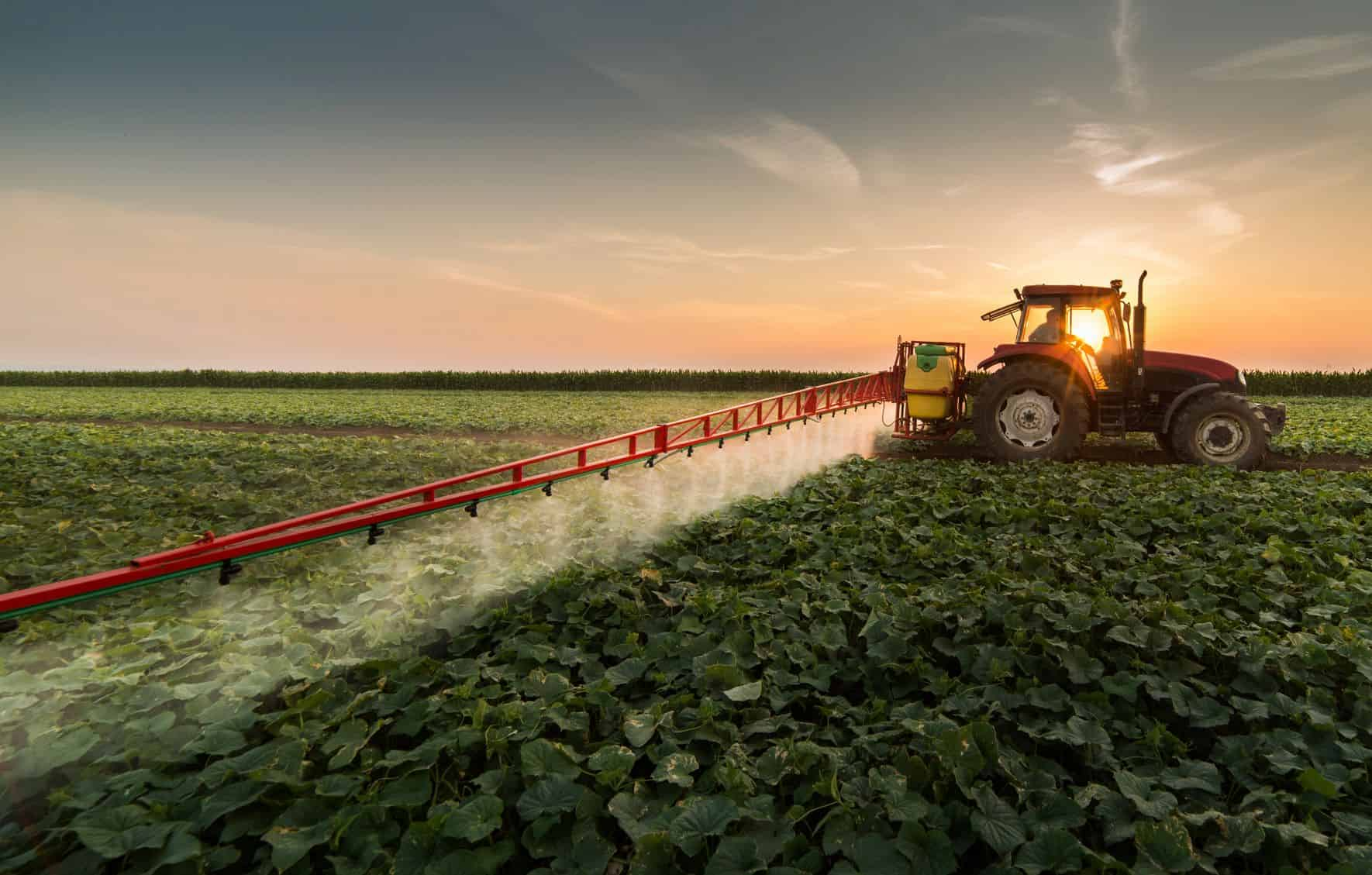
Heavy-duty extension springs are used in systems such as wind turbines and solar tracking mechanisms. In wind turbines, they help maintain tension in the cables and control systems that adjust the blade pitch. This supports operation and stability under varying wind conditions. In solar panel tracking systems, they assist in moving the panels to follow the sun, which optimises energy capture. Specialised materials may be used so that they are resistant to environmental factors like temperature fluctuations, moisture, and corrosion.

There are many types of extension springs, which can be manufactured using various materials and end hook types, depending on the application. At Lesjöfors, we are leading specialists in custom spring design and can support you to find resilient, durable and reliable spring solutions for your custom needs. Our expert engineers will work alongside you to design and develop heavy-duty springs that meet your required specifications. Plus, our high-quality prototype and sample service enables you to test your spring in a real-time environment so that you can feel confident stepping forward into the manufacturing process.
Want to find out how we can support you with your custom spring design?
We are world-leading heavy duty spring manufacturers, delivering the greatest expertise in compression, torsion and tension spring manufacturing.
Delivering impact to every industry, we guarantee spring solutions that will optimise your performance and success.

